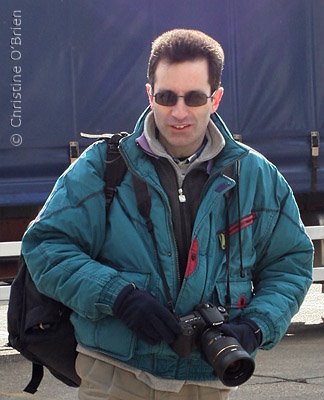The Hartblei 45mm Super-Rotator (Part 3)

Nearly there. This is the third and final part of a piece that I have put up here about the modification and use of my Hartblei 45mm Super-Rotator. This last part is primarily concerned with identifying and combating problems of flare. As I said previously the lens itself doesn't seem to have a particular problem with flare. It seems very good in quite challenging situations. But there were times when I saw unusual and pronounced flare, and I felt that this was caused not by the optics of the lens, but by light hitting the camera sensor and then reflecting back towards the lens and hitting a surface that bounced that same light back towards the sensor again (still with me). I also felt that the culprit was the shift adaptor, not the lens. The result in very high contrast situations was patches of fogging (as seen over the roof the first of the church images just below).

I wasn't sure what measures would be needed to cure the problem, never having had to deal with this issue before. All I could do was to make every surface that was parallel to the sensor as non-reflective as possible. I spoke to Ian Broomhead at SRB and he made a few suggestions. One was the application of a flock material, but I also followed his advice on the sort of paint to use to cut down the reflections. His suggestion was a paint intended for builders of models (cars, trains, that sort of thing) and sold in very small tins (Humbrol Matt Black 33). As the adaptor had to go back to SRB for adjustment they also applied some flock to the area inside the lens mount. Although not parallel to the sensor, flock on this area couldn't hurt. Most of the other surfaces of the adaptor had to be painted.
One of the problems that dogs users of digital cameras is dust on the sensor (in fact not really on the sensor itself, but we have dealt with that one before). What I didn't want to do was add to the problem. If I was going to put paint inside the lens I had to make sure that it was properly keyed in, so that the paint would stay put and not flake off with time. The last thing that I wanted was to have specks of paint travelling at will around the area of the mirror box. The key (pun intended) was the primer. I chose an acid-etch primer that would slightly eat into surfaces onto which it was applied, and so form a good bond. Primer like this is available from auto accessory shops, although a friend happened to have some, so that was rather convenient.

Once all of this was done I was impatient to retest the lens. So far all tests have proved successful. I re-shot the interior of the church and as you see there were no signs of flare (St George's church, Lower Brailes - see above). The two shots were done at a similar time of day and with similar weather conditions outside (both shots are a "comp" of four frames). Other tests have proved similarly successful. With familiarity, high resolution shots can be achieved with minimal fuss and effort.
One final point is the issue of shielding the lens. I am a great advocate of lens hoods, particularly rigid ones or bellows hoods. Because of the wide image circle most lens hoods are out of the question. The one intended for the lens is so shallow that it looks more like a small plate with a hole in. I think that the answer is to flag the lens and I am working on a solution that will attach either to the tripod or the camera hot shoe - more on this another time.
So there you have it. If the project sounds interesting why not give it a go. I think you will enjoy the result. The image of the Ruark speaker at the top was taken with the plane of sharp focus angled to follow the front of the wooden cabinet.
Part 1
Part 2

0 Comments:
Post a Comment
<< Home